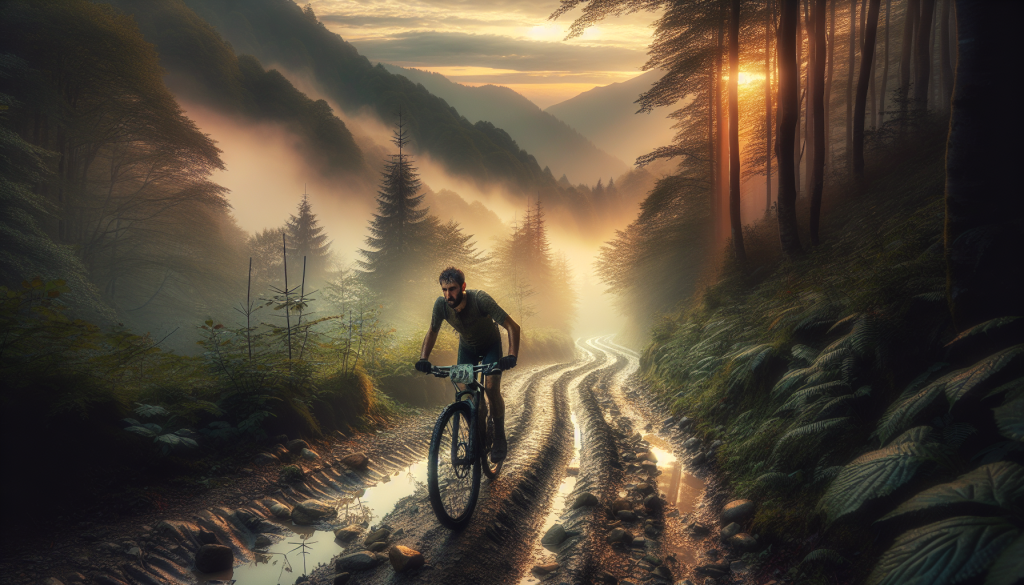Overcoming Challenges in Bicycle Touring: Proven Tips for Endurance and Adventure
Bicycle touring is more than just a ride—it’s an adventure packed with unknowns. Whether you’re pedaling across countries or your own backyard, the road will test you. A famous cyclist once said, “It never gets easier, you just go faster.” That hits home when you’re grinding up a hill in the rain with sore legs and broken gear.
I’ve been there. Hungry, cold, off-route by 12 miles and low on water. But every challenge teaches you something new—and builds your grit one ride at a time. Let’s dive into real problems cyclists face and how to outsmart them with simple, smart strategies.
Understanding the Nature of Bicycle Touring Challenges
Before we get into the what and how, let’s break down why bike touring is hard—and why that’s a good thing.
- It’s physically and mentally demanding. Some days will push your muscles. Others push your mind.
- The road is full of unknowns. You can’t predict every breakdown, turn, or storm.
- Your mindset matters most. Staying calm and flexible is key in unfamiliar places or rough conditions.
Preparing for the Journey: Training, Gear, and Planning
Good prep makes a huge difference. Think ahead now to ride smarter later.
- Train for long rides and rough climbs. Mix in hills, intervals, and full-day rides before your trip.
- Gear up for anything. Bring layers, a reliable tent or bivy, lights, and waterproof bags.
- Keep route plans flexible. Know your options, backup roads, and rest points.
- Check travel rules. Watch for visa needs, permits, and time limits on stays.
Mechanical Failures on the Road: How to Be Self-Reliant
Poorly timed flats and busted chains are part of the ride—but not the end of it.
- Learn the basics. Change tubes, fix chains, and adjust brakes before you leave.
- Always carry spares. Bring patches, tubes, a pump, tire levers, and a multi-tool.
- Packing extras helps. A spare derailleur hanger, chain links, and brake pads can save a tour.
- Know when to improvise. Use zip ties, duct tape, and creativity for quick temporary fixes.
Coping with Weather Extremes and Natural Elements
You’re stuck with the weather—so you better be ready for it.
- Layer smart. Merino base layers, waterproof shells, and sun protection gear go a long way.
- Plan for hydration. Carry enough water. Learn where to refill on your route.
- Fuel your body. Eat often, even if you don’t feel hungry. Keep snacks easy to reach.
- Adjust for storms or heat. Start early, ride slow, and rest when it’s rough out.
Staying Safe in Unfamiliar Territories
Many places are safe to ride—but caution goes a long way.
- Follow the road rules. Learn traffic laws and ride predictably with a mirror and lights.
- Pace yourself in new areas. Ride together if unsure. Avoid isolated roads after dark.
- Be cautious around animals. Use food bags, make noise, and ask locals for advice.
- Use GPS and maps. Always have maps downloaded ahead of time. Signal doesn’t reach everywhere.
Mental Burnout and Motivation: How to Keep Going
Some of the toughest parts of touring happen in your head.
- Set tiny goals. One more climb. One more corner. One more hour.
- Write it down. Journals help process each day. So do photos and voice notes.
- Use music or podcasts. Build upbeat playlists or listen to stories while you ride.
- Make connections. Locals, other cyclists, and hosts often boost your mindset.
Managing Logistics: Food, Water, and Accommodation
The basics—eat, drink, sleep—can turn tricky fast. Plan, but stay flexible.
- Use apps like iOverlander or WarmShowers. They help you find meals, beds, and water.
- Wild camp legally. Ask locals, stay out of view, and leave no trace behind.
- Plan your resupply points. Small towns may lack stores. Stock up when you can.
- Have backup food and water. Pack dry meals and filter tools like Sawyer or LifeStraw.
What to Do When Things Go Wrong
Mistakes and mishaps happen. What matters is how you deal with them.
- Don’t panic. Pause. Breathe. Get your bearings.
- Have a plan B. Carry emergency cash, contacts, and a basic first aid kit.
- Learn from mishaps. Bad days often turn into great stories—or learning moments.
- Stay loose. Change your route. Take an extra rest day. It’s your ride.
Conclusion
Bicycle touring isn’t just about finishing miles. It’s about pushing through and growing stronger. Mechanical issues, storms, burnout—they’ll all show up. But with the right skills and attitude, you’ll roll through every one of them.
Remember to plan smart, stay flexible, and enjoy the ride—even the messy parts. Every bad day gives you experience. Every fix improves your skill. Every mile builds your confidence.
So go ahead—face the road, head-on. You’ve got this!
Call to Action
Got your own tips for touring? Share them in the comments or tag us on social media!
For more ride hacks and stories, sign up for our newsletter.
